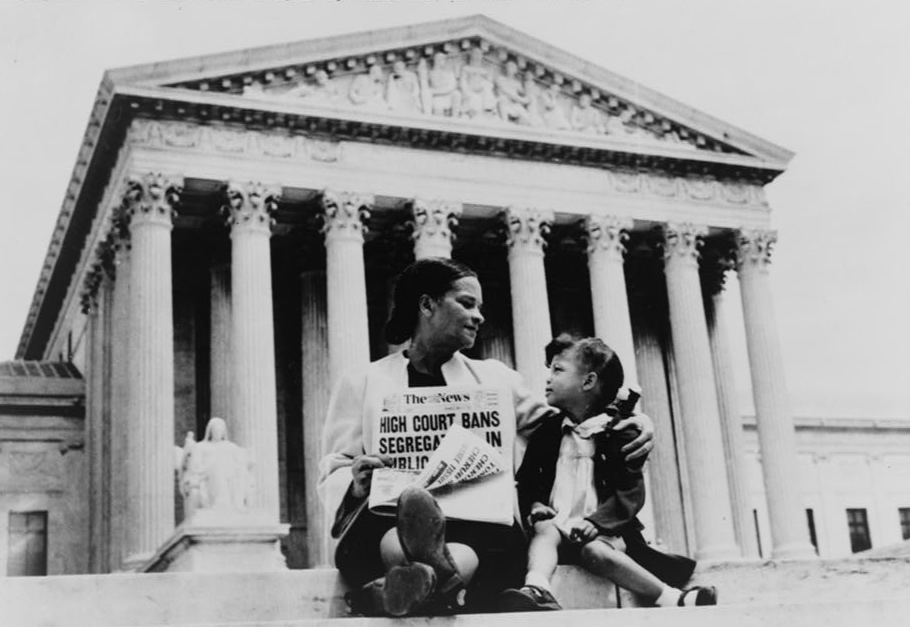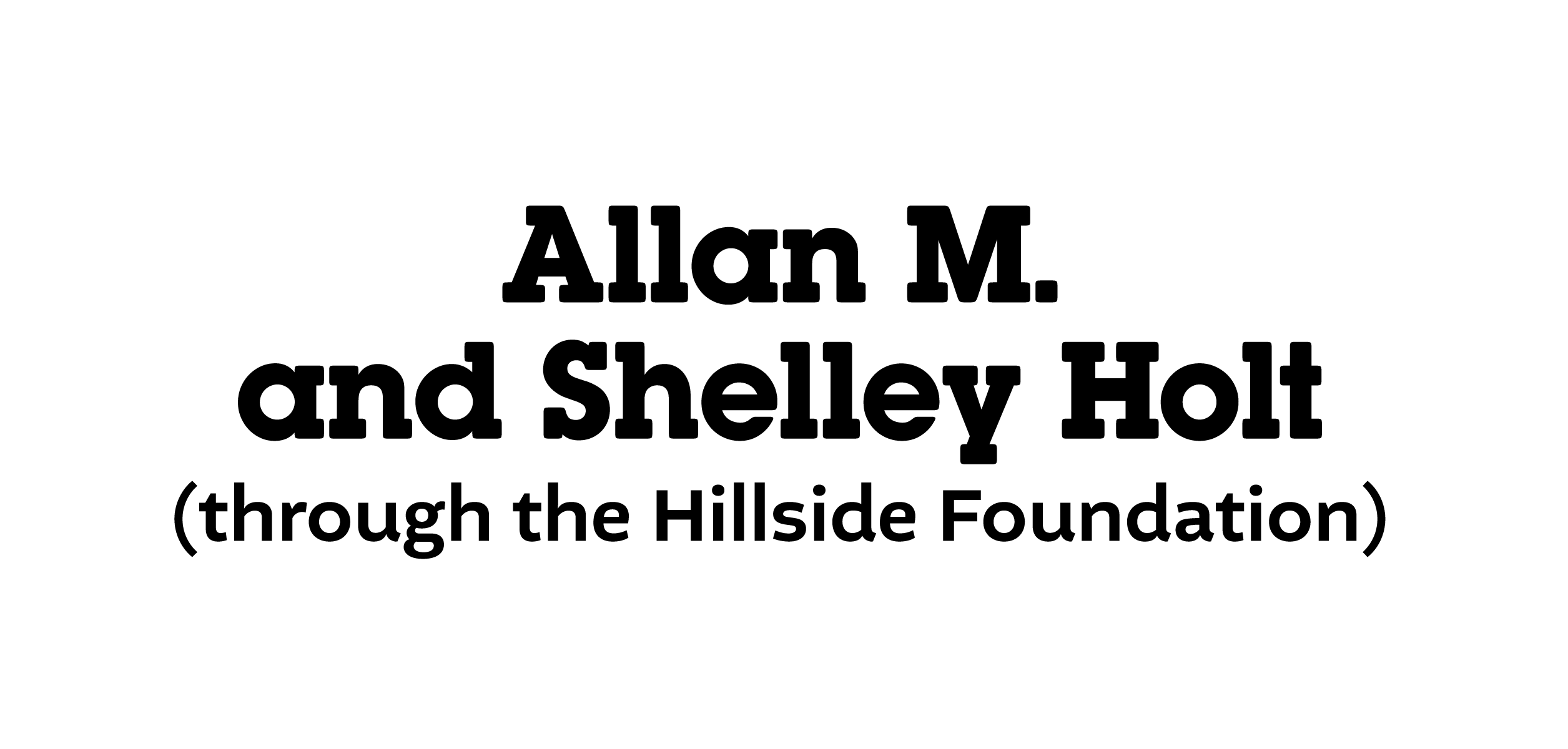The importance of law

Mrs. Nettie Hunt, sitting on steps of Supreme Court, holding newspaper, explaining to her daughter Nikie the meaning of the Supreme Court's decision banning school segregation
Credit: Library of Congress
Essential Question:
After Marshall proved himself a determined supporter of equality for African Americans in Murray v. Pearson (1936), he developed a positive reputation as “Mr. Civil Rights”. This reputation continued throughout his early career as a lawyer.
In the 1930s, Marshall argued a series of court cases to set a legal precedent for African American teachers to receive equal pay to white teachers Two Maryland cases include Gibbs v. Broome (1936) and Harriet Elizabeth Brown v. Calvert County Board of Education (1937).
In the second video clip, you will hear about the issues behind those cases and the image the African American community had of Thurgood Marshall at that time. As you play the video, answer the following questions in your notes:
- Why was Marshall known as "Mr. Civil Rights" during this time?
- What was the impact of cases like these on African American communities?
- How did North Carolina try to prevent Marshall and the NAACP from achieving equal pay for its teachers?
Equality in education was not the only ideal of democracy that Marshall fought for. He knew that the success of democracy depended on all citizens, including African Americans, having a voice and being able to vote.
Play the last video and answer the following questions in your notebook:
- Which Reconstruction Amendment was violated with Texas's all-white primaries?
- Why would Marshall argue cases that he knew he would lose?
- Why do you think Marshall believed that "Black freedom ... depended on a democracy in which Blacks had a voice"?
Check Point:
From the cases in the videos, what civil rights was Thurgood Marshall working to protect?











